

- RFQ
- BOM
-
Contact Us
Tel: +86-0755-83501315
Email: sales@sic-components.com
- Chinese
- English
- French
- German
- Portuguese
- Spanish
- Russian
- Japanese
- Korean
- Arabic
- Irish
- Greek
- Turkish
- Italian
- Danish
- Romanian
- Indonesian
- Czech
- Afrikaans
- Swedish
- Polish
- Basque
- Catalan
- Esperanto
- Hindi
- Lao
- Albanian
- Amharic
- Armenian
- Azerbaijani
- Belarusian
- Bengali
- Bosnian
- Bulgarian
- Cebuano
- Chichewa
- Corsican
- Croatian
- Dutch
- Estonian
- Filipino
- Finnish
- Frisian
- Galician
- Georgian
- Gujarati
- Haitian
- Hausa
- Hawaiian
- Hebrew
- Hmong
- Hungarian
- Icelandic
- Igbo
- Javanese
- Kannada
- Kazakh
- Khmer
- Kurdish
- Kyrgyz
- Latin
- Latvian
- Lithuanian
- Luxembou..
- Macedonian
- Malagasy
- Malay
- Malayalam
- Maltese
- Maori
- Marathi
- Mongolian
- Burmese
- Nepali
- Norwegian
- Pashto
- Persian
- Punjabi
- Serbian
- Sesotho
- Sinhala
- Slovak
- Slovenian
- Somali
- Samoan
- Scots Gaelic
- Shona
- Sindhi
- Sundanese
- Swahili
- Tajik
- Tamil
- Telugu
- Thai
- Ukrainian
- Urdu
- Uzbek
- Vietnamese
- Welsh
- Xhosa
- Yiddish
- Yoruba
- Zulu
- Kinyarwanda
- Tatar
- Oriya
- Turkmen
- Uyghur
Which Amplifiers can Provide Integrated Overvoltage Protection?
In the realm of electronics, amplifiers are critical components that amplify weak signals to usable levels across various applications, from audio systems to industrial instrumentation. However, they are vulnerable to voltage spikes and fluctuations, which can cause permanent damage or degrade performance. Integrated overvoltage protection has emerged as a key feature in modern amplifiers, safeguarding them against such risks. This article explores the types of amplifiers with integrated overvoltage protection, their working mechanisms, applications, and benefits.
What is Integrated Overvoltage Protection?
Integrated overvoltage protection refers to built-in circuitry within an amplifier that detects and mitigates excessive voltage levels, preventing damage to the device and connected equipment. Unlike external protection modules, this feature is seamlessly integrated into the amplifier’s design, ensuring compactness, reliability, and optimal performance. It typically activates within microseconds of detecting a voltage surge, diverting excess current, clamping the voltage, or shutting down the amplifier temporarily to avoid harm.
Types of Amplifiers with Integrated Overvoltage Protection
1. Audio Power Amplifiers https://www.sic-components.com/audio-amplifiers
Audio power amplifiers, used in home theaters, live sound systems, and professional audio setups, often include integrated overvoltage protection. These amplifiers are exposed to power grid fluctuations and sudden surges (e.g., from lightning strikes or faulty wiring).
How it works: The protection circuitry monitors the input voltage and speaker outputs. If a surge exceeds the safe threshold, it clamps the voltage to a manageable level or disconnects the output stage temporarily.
Example applications: Concert sound systems, studio monitors, and home audio receivers. Brands like Crown Audio and Yamaha incorporate such features in their professional amplifiers to ensure durability during live performances.
2. Industrial Instrumentation Amplifiers
In industrial environments, instrumentation amplifiers process small signals from sensors (e.g., pressure, temperature, or strain gauges) and are exposed to harsh electrical conditions, including voltage transients from machinery or power lines.
Key features: Robust overvoltage protection here often includes isolation barriers and transient voltage suppressors (TVS diodes) to shield sensitive components. The protection activates not only on input voltage spikes but also on common-mode voltage anomalies.
Use cases: Factory automation systems, process control equipment, and industrial sensors. Amplifiers like Texas Instruments’ INA333 integrate such protection to maintain accuracy in noisy industrial settings.
3. Operational Amplifiers (Op-Amps) with Enhanced Protection
Certain high-performance op-amps, designed for precision applications, include integrated overvoltage protection to safeguard against accidental overvoltage events during testing or system faults.
Design focus: These op-amps use internal current-limiting resistors and voltage clamps to prevent damage to the input stage. For instance, the LM358 from Texas Instruments includes basic overvoltage protection on its inputs, making it suitable for consumer electronics and low-power applications.
Limitations: Protection is often limited to specific voltage ranges (e.g., ±30V), so they may not be suitable for extremely high-voltage environments.
4. Automotive Amplifiers
Automotive amplifiers, used in car audio systems and vehicle sensors, operate in a volatile electrical environment with voltage spikes from the alternator or battery disconnections.
Protection mechanisms: They feature reverse voltage protection (to guard against incorrect battery connections) and overvoltage clamping to handle spikes up to 40V. This ensures functionality even during jump-starts or electrical system malfunctions.
Applications: Car stereos, GPS modules, and vehicle diagnostic systems. Brands like Alpine and Kenwood integrate these features to enhance reliability in automotive settings.
5. RF and High-Frequency Amplifiers https://www.sic-components.com/rf-amplifiers
Radio frequency (RF) amplifiers, used in communication systems (e.g., cell towers, radar, and satellite equipment), face overvoltage risks from signal reflections or antenna mismatches.
Specialized protection: Their circuitry includes directional couplers to detect reflected power (a source of voltage spikes) and shut down the amplifier if thresholds are exceeded. This prevents damage to the power transistor stages.
Critical role: Ensures uninterrupted communication in aerospace and telecommunications, where downtime is costly. Amplifiers from Analog Devices and Maxim Integrated often include such safeguards.
How Integrated Overvoltage Protection Works?
The core mechanisms of integrated overvoltage protection vary by amplifier type but generally follow these principles:
Detection: Voltage sensors or comparators monitor input, output, or supply voltages. A reference voltage (set by the manufacturer) defines the safe operating range.
Response:
Clamping: TVS diodes or Zener diodes divert excess voltage to ground, limiting it to a safe level.
Current limiting: Resistors or active circuits restrict current flow, preventing overheating.
Shutdown: If the surge is severe, the amplifier temporarily disables its output stage until the voltage returns to normal.
Recovery: Once the threat passes, the amplifier resumes normal operation automatically, minimizing downtime.
Benefits of Amplifiers with Integrated Overvoltage Protection
Enhanced reliability: Reduces the risk of damage from voltage spikes, extending the amplifier’s lifespan.
Simplified system design: Eliminates the need for external protection components (e.g., fuses or surge protectors), saving space and cost.
Uninterrupted operation: Prevents sudden shutdowns in critical applications like medical devices or industrial control systems.
Cost savings: Avoids repair or replacement costs associated with voltage-related failures.
Considerations When Choosing Such Amplifiers
Protection threshold: Ensure the amplifier’s voltage tolerance matches the application’s risk level (e.g., 24V industrial systems vs. 12V automotive setups).
Response time: Faster activation (nanosecond range) is critical for high-frequency or sensitive applications.
Recovery behavior: Some amplifiers reset automatically, while others require manual intervention—choose based on operational needs.
Trade-offs: Enhanced protection may slightly increase power consumption or reduce bandwidth; balance these with application requirements.
Conclusion
Amplifiers with integrated overvoltage protection are essential in today’s electronics, spanning audio, industrial, automotive, and communication systems. By combining amplification functionality with built-in safeguards, they ensure durability, reliability, and consistent performance in the face of voltage fluctuations. When selecting an amplifier, consider the specific protection mechanisms, threshold levels, and application demands to choose the optimal solution. As technology advances, we can expect even more robust protection features, further enhancing the resilience of electronic systems.
https://www.sic-components.com/audio-amplifiers
https://www.sic-components.com/rf-amplifiers

Hot Products
View MoreRelated Blogs

2000+
Daily average RFQ Volume

30,000,000
Standard Product Unit

2800+
Worldwide Manufacturers

15,000 m2
In-stock Warehouse




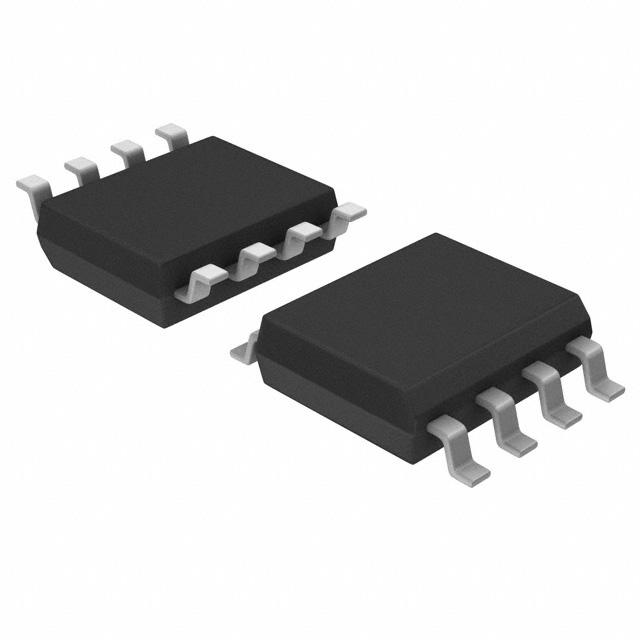
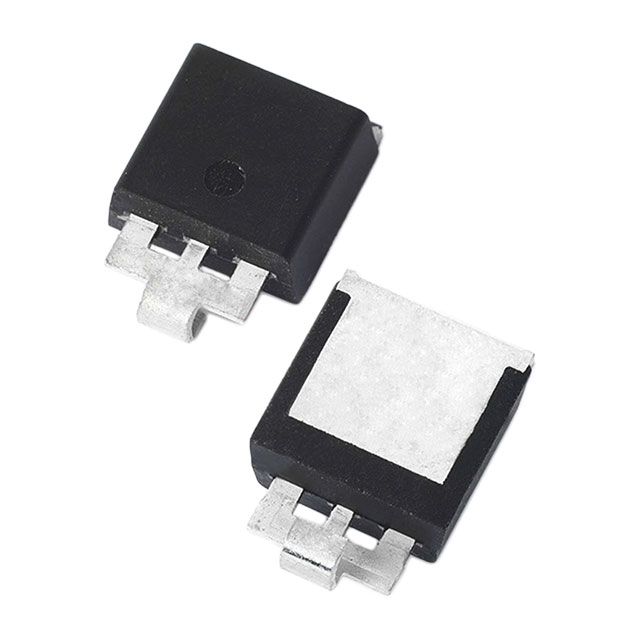
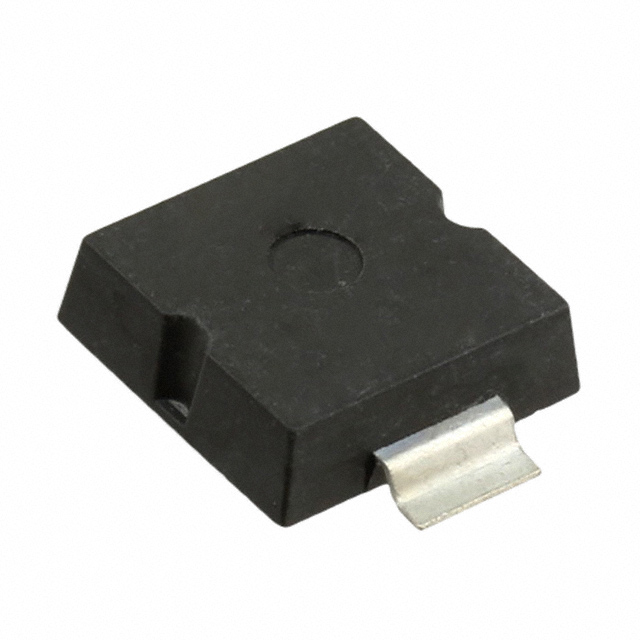
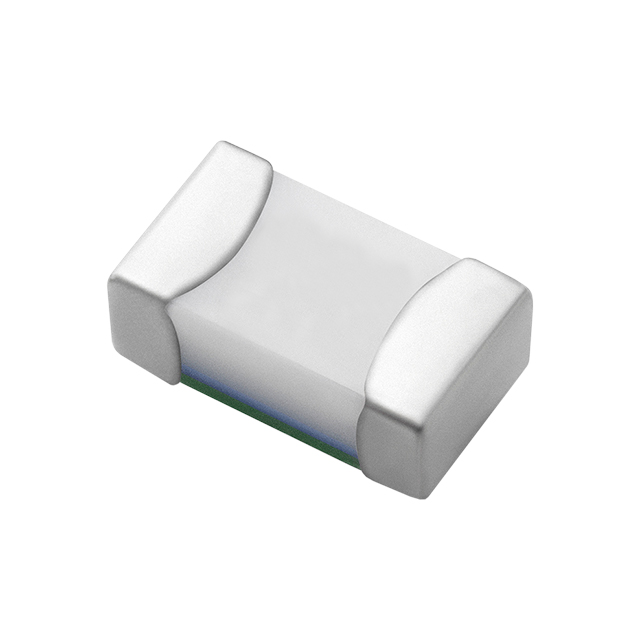

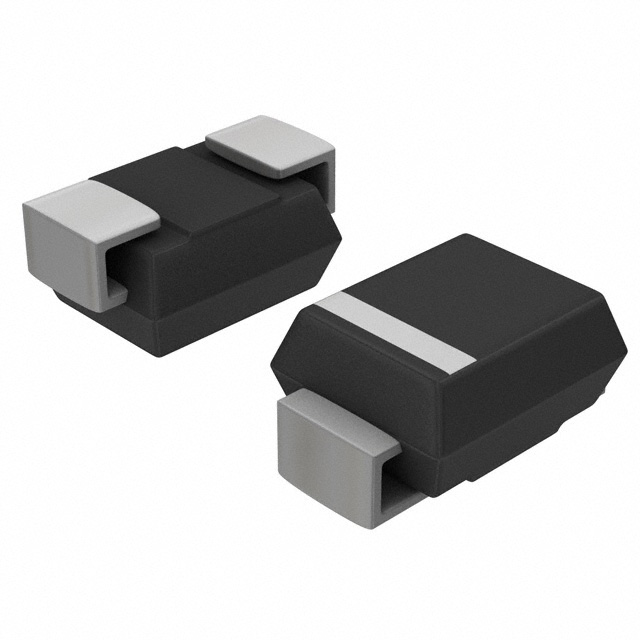

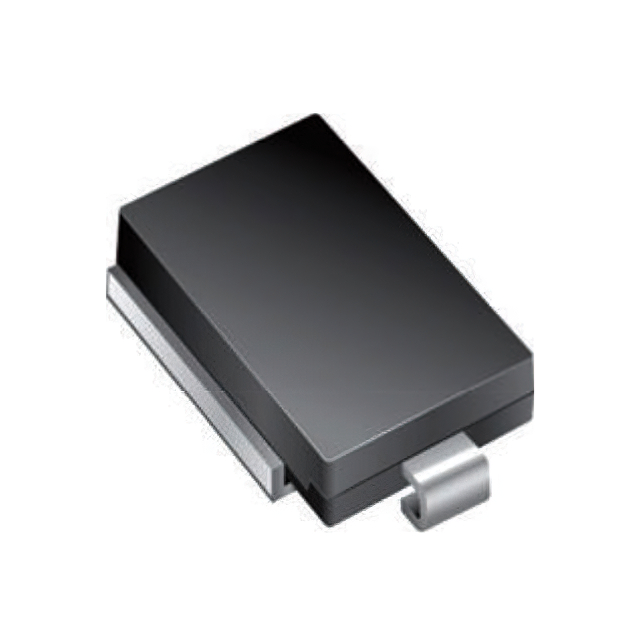
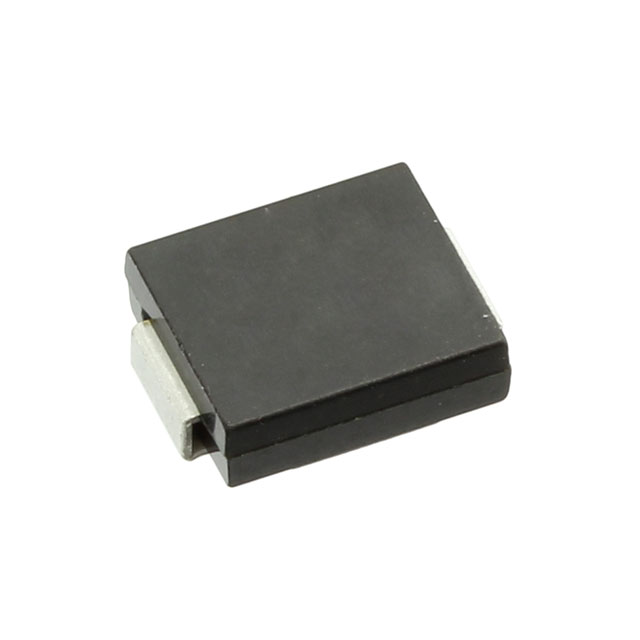










 Wishlist (0 Items)
Wishlist (0 Items)